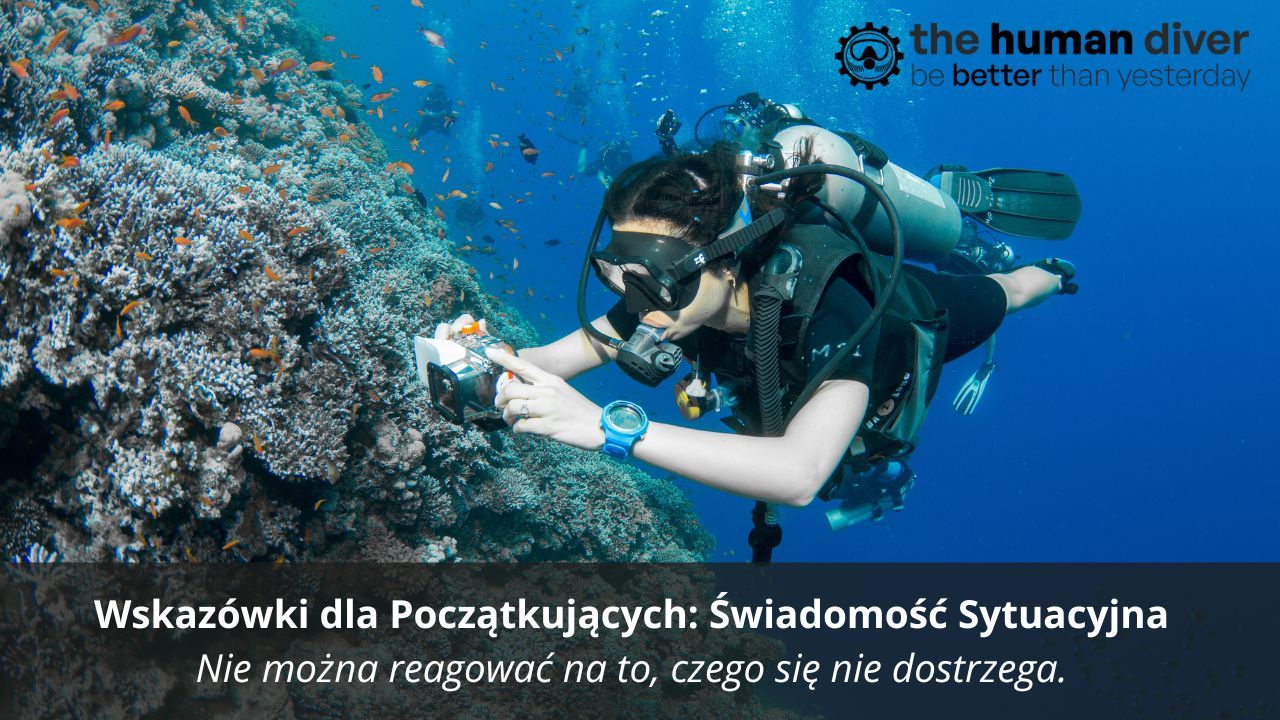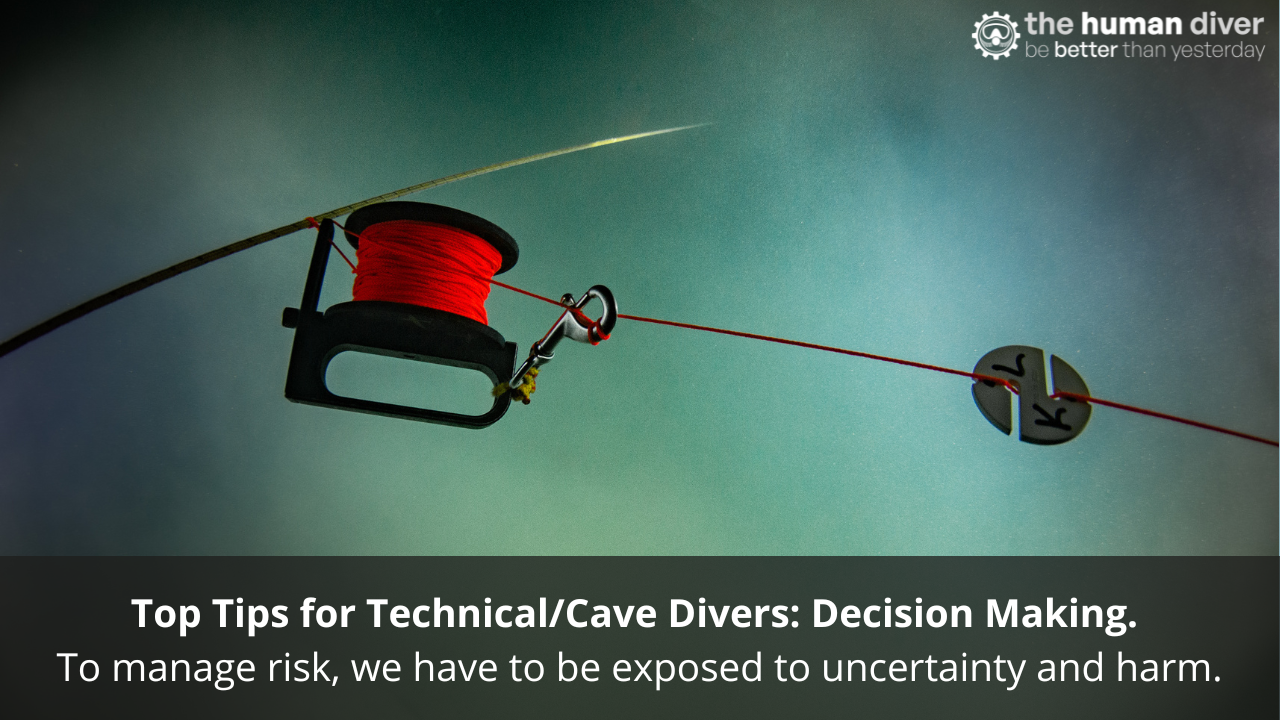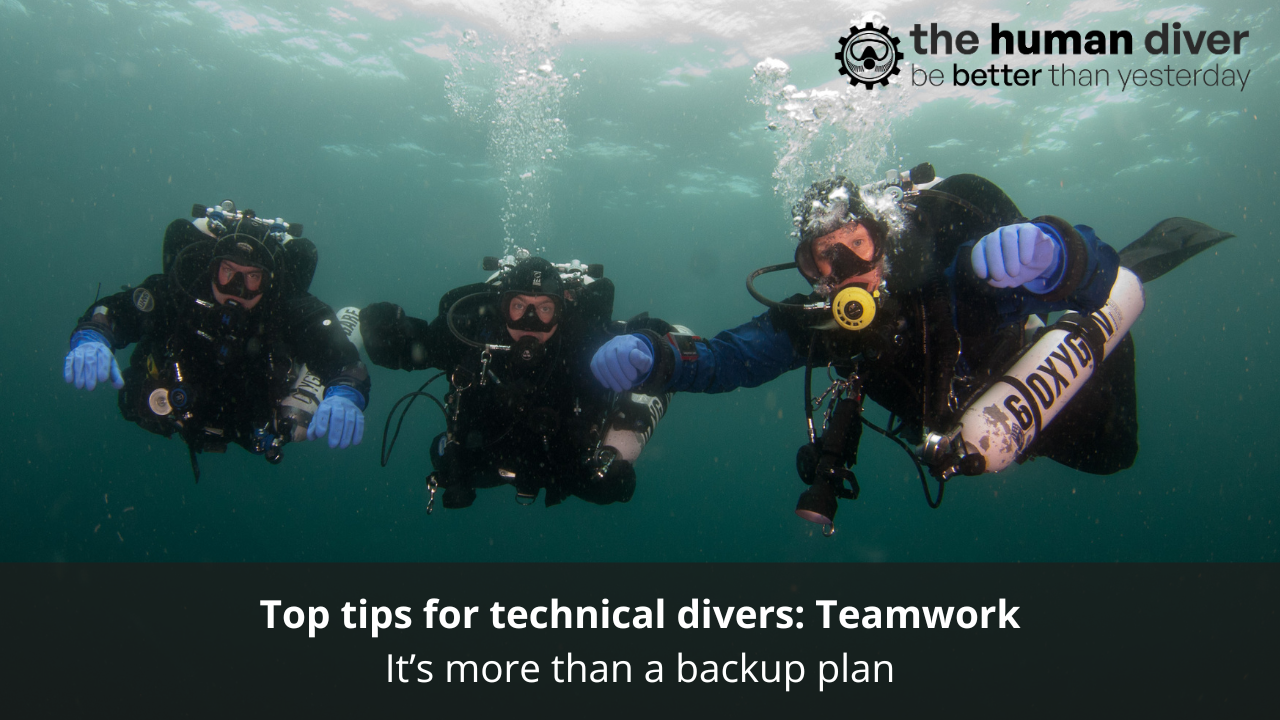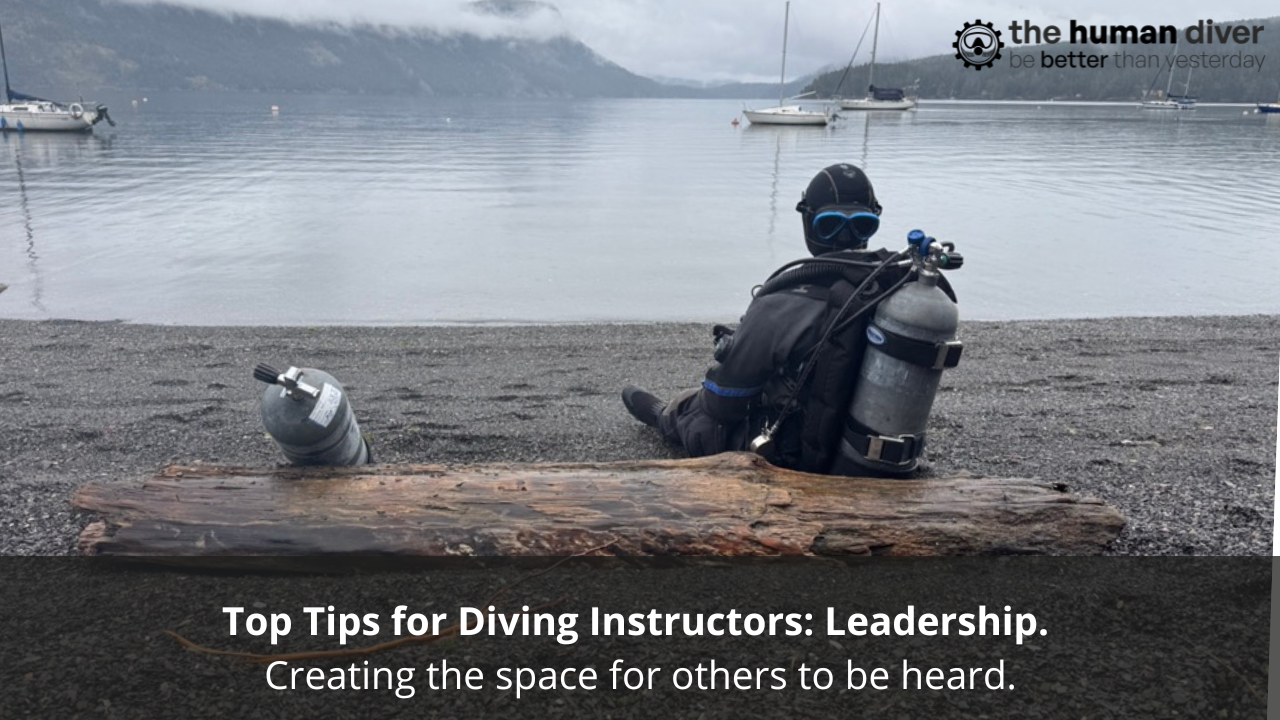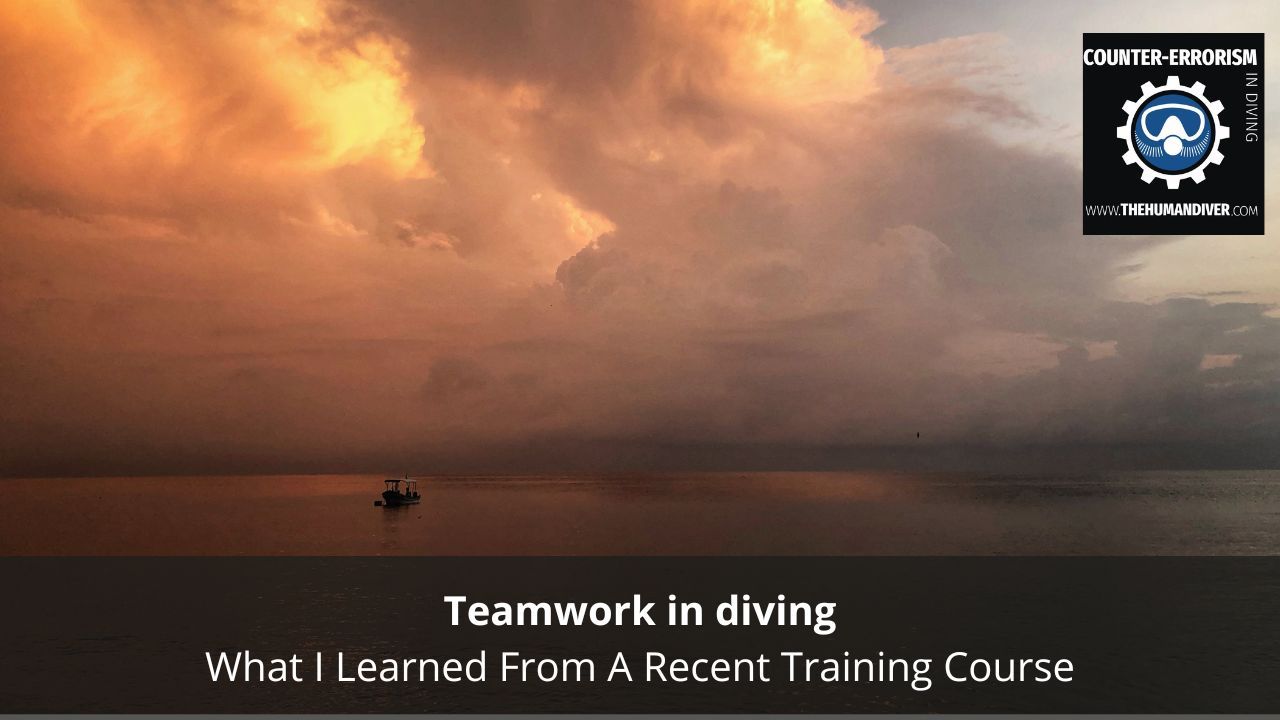
Teamwork in Diving - What I Learned From a Recent Training Course
Jan 22, 2023I recently completed a week-long dive training course. My biggest takeaway was how much emphasis was put on teamwork, how much the teamwork developed over the week and how much better our performance was as a result.
The aim of this blog is to discuss some of the things I learned in the hope that you can apply them to your own diving in some way and therefore improve your own team diving performance and your levels of dive safety.
If you want to know more about generic teamwork and how it fits in to diving, I would recommend reading Jenny Lord’s blog which goes through some of the basic concepts and what helps to make a successful team.

To provide some context, the course was for MOD2 CCR which, for those of you not into technical or rebreather diving, trained me to dive my rebreather to a depth of 60m by replacing some of the nitrogen and oxygen with helium. While the course itself had a lot of specifics in it relevant to the particular rebreathers we were using, the environment we were in and the skills we were practising, my intent is to keep the advice as generic as possible to make it easier for you to adapt to your own diving.
My instructor was Marc Crane, one of the most active deep ocean and experienced CCR divers in the world. He runs Tekdeep Asia, based in Bali which is a perfect location for this sort of training thanks to warm, clear water, generally calm seas and 60+ metre depth ranges accessible from the shore! Marc is also a very keen advocate of The Human Diver and is constantly looking at ways to better incorporate Human Factors into his own diving and his teaching.

Team ‘pre-jump’ checks
Known as ‘buddy checks’ in recreational diving, these are the checks you do (or should do) before you get in the water to make sure your equipment will sustain life. Having a team member help you go through these checks minimises the chance of something being missed. Perhaps more importantly, your teammates will know how your equipment is set up and will be far better placed to help you in an emergency.
During my course, at the start of the week, we worked as buddy pairs. After a couple of days of debriefs, we wanted to improve team awareness and processes so we modified things and went through the checks as a group (4 of us). 1 diver went through a checklist step-by-step with all 4 of us actioning the appropriate response and ensuring anything specific was highlighted to the team (e.g. DSMB or knife location). After a couple of run-throughs, the process was very slick and ensured we were all in the water comfortable with our own and our teammates’ equipment.
Gas planning
As you go deeper or into overhead environments (decompression or caves or wrecks), gas planning becomes more and more critical. There are many ways to work out how much gas you need. Dive computers and dive planning software are very useful but an error with inputting information = an error with the result.
At the start of the week, the instructor walked us through how to gas plan and the necessary calculations. By the end of the week, he essentially left us to it and checked our plan and solution at the end. This was perfect - it made us work independently and not rely on him for all the answers.
From a teamwork perspective, we would decide on the initial plan together then do gas calculations individually and then come back together to compare our results. This made detecting errors in the calculations much easier. If there were subtle differences in our results (which can happen with different software), we would use the worst-case numbers to ensure we had enough gas to stay together as a team.
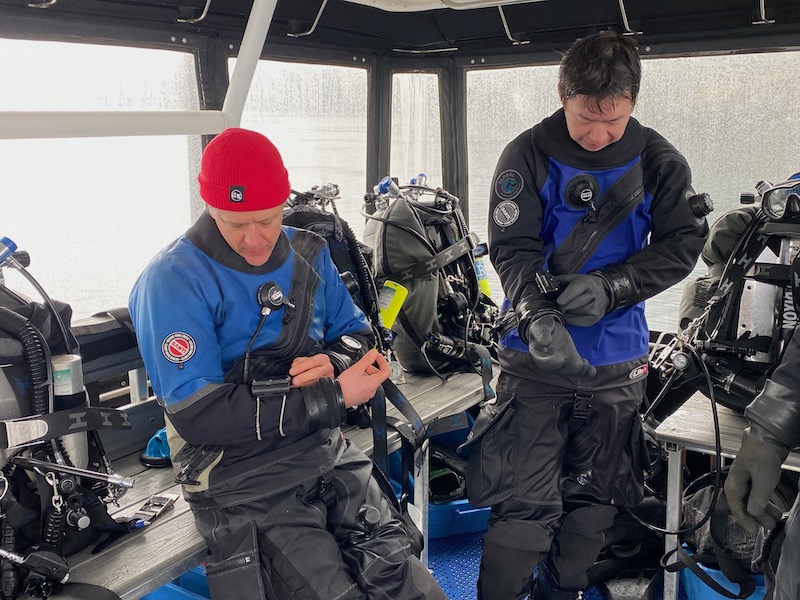
Computer settings
This section of the blog is probably more applicable to rebreather diving than open circuit.
Up until this course, my dive computers were for me, my gases and my decompression obligation. This course taught me how to better set up and use my standalone computer (a second computer, not connected to my rebreather, carried for redundancy) for team diving if and when things go wrong.
Certain scenarios during the course involved an incapacitated diver at depth meaning the two teammates had to help with the ascent. The incapacitated diver was unable to change their computer to a bailout gas at depth meaning that by the time they were able to help themselves, the decompression obligation on their computer was inaccurate as they’d actually been breathing a different gas for several minutes. We were taught that as soon as one of us bailed out, we all bailed out our standalone computer to give the team the worst-case decompression obligation and an ascent profile that was realistic for the incapacitated diver.
Inevitably, we would all have slightly different bailout bottom gas mixes. If we each had 18/40, 17/40 and 16/45, we would all programme 16/45 as the bailout mix which would give the most conservative decompression profile. When someone bails out and needs help, it gets busy. The last thing you want to do is faff around pushing buttons on your computer to find the exact gas. By only having one to choose from, you will save time and stay on the safe side.
Physically holding your teammates when they have a problem
With pretty much all my dive training, when I’ve been given a problem that I should be able to solve myself (I.e. I don’t need someone else’s gas), I’ve been expected to solve the problem on my own while my instructor and teammates watched me.
This course was different. As the scenarios developed, one of the first steps, whenever any of us were given a simulated problem, was to tell the team we had a problem. The teammates would then instantly swim over to the person with the problem, ready to offer assistance. Having members of your team there next to you, physically (but gently) holding your arm is a great safety and comfort factor while you’re dealing with a problem. They can just give a little tug up or down as required if you start to descend or ascend respectively without realising.
Summary
When doing equipment checks prior to getting in the water, go through them as a team rather than on your own. A team, even a team of 2, is far more likely to pick up any errors that anybody makes. Additionally, it enables you to show each other how your equipment works and where things are which vastly increases the chances of a successful outcome if one of you has a problem and needs rescuing.
When doing your dive plan, work out the rough profile together but then do the gas calculations separately and then come back together to compare answers and perhaps modify the plan if required. As mentioned above, this makes it much more likely to pick up errors in the calculations.
Keep your computer settings simple. You don’t have to programme every gas the team is carrying. It is generally a far better idea to have ‘worst case’ gases ready to go to give the team a sensible decompression obligation. If you have to help get someone to the surface in a hurry, you don’t want to faff with your computer.
For rebreather diving, when one of you bails out, you all bail out one of your computers so that you have a decompression plan for the diver who needs help and it isn’t just guesswork.
Instantly go to your teammate if they have a problem and physically hold them if you think you need to. They are likely to get task focussed on their issue and lose situation awareness. Teammates can really help here, especially if the diver with the problem starts to ascend or descend inadvertently.
Good teamwork during the planning, briefing, dive execution and debrief will improve your performance as a dive team and will make you safer in the water.
I cannot recommend Marc Crane highly enough if you want to go beyond just getting a technical skill qualification and really explore ways to be a better diver by improving your teamwork and other Non-Technical Skills. Marc is one of the instructors who mandates the Essentials class as part of his diver development programmes, and he has now had a number of his instructors who have graduated who have done the same thing. You can contact him at [email protected].

Mike spent 20 years in the Royal Air Force, most of it flying on frontline squadrons. He now works as a flying instructor in the Royal Australian Air Force teaching young pilots to fly fighters. As well as being an accomplished instructor, he is an experienced flying supervisor and holder of a commercial pilot’s licence.
He has been an active diver since 2015 and has around 300 dives in his logbook from as far north as Iceland and as far south as New Zealand. He works part-time as a Dive Master and is also an active CCR diver. Wrecks interest him the most but he gets just as much satisfaction taking groups to see Grey Nurse Sharks at his local dive sites.
If you'd like to deepen your diving experience, consider taking the online introduction course which will change your attitude towards diving because safety is your perception, visit the website
Want to learn more about this article or have questions? Contact us.






